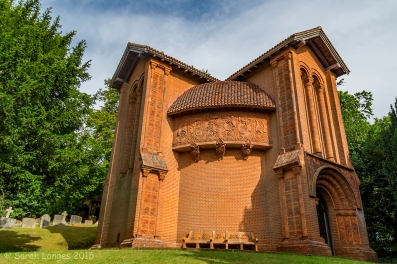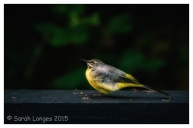
Unlocking The Landscape Part 7 – The Future
I have delayed bringing you the final part of my series on the Basingstoke Canal so that I could spend the seventh day of the 7 Day Nature Photography Challenge actually by the canal, taking photos. I want to say thank you to Seonaid for originally nominating me as I may not have otherwise thought about doing a series! It’s been wonderful to share so many different aspects of this beautiful, local landscape.
This week Jen at WP headquarters has asked us to look to the future for the Weekly Photo Challenge. She asks us to “share an image that represents the potential of things to come”. The future of the canal is a fine balance between the power of nature and the influence of man. Mostly the input of people into this landscape is incredibly positive. The Basingstoke Canal Society was originally formed in 1966 to save the privately owned waterway, and campaigned for its restoration under public ownership. They continue to work tirelessly with their partners, in local councils and other bodies, to maintain the canal and promote it’s use by local people and wildlife. In 2016 the Society celebrates 50 years since formation and 25 years since the canal re-opening! These two important anniversaries will be celebrated at the Woking Canal Festival in August.
Abridged history of the Basingstoke Canal from the society’s website which is well worth visiting and reading the full story!
The Basingstoke Canal was conceived as an economical means of transportation for the development of agriculture in central Hampshire. From its junction with the River Wey Navigation at Byfleet, three miles from the Thames at Weybridge, the canal was built to rise 195ft by 29 locks to Aldershot. The canal was completed in 1794 at a cost of £154,463 – almost twice what had been estimated. Timber, flour and chalk were the principal cargoes to London. Barges returned with coal and fertiliser. But the canal did not prove to be a profitable venture; tonnages were below expectations, inflation led to rising costs, and road improvements from 1750 onward made overland transport increasingly competitive. The construction of the London and Southampton Railway in the 1830s, followed by Aldershot Camp in 1854 and the short-lived brickworks at Up Nateley in the 1890s for which the canal was restored and deepened, all brought periodic trade. However by 1866 no dividends had been paid to the shareholders and the original canal company was bankrupt, 72 years after the navigation was fully opened. The last boat reached Basingstoke in 1910, bringing 10 tons of moulding sand from Mytchett for the local agricultural engineers, Wallis & Stevens. The canal was taken over by the Army at the beginning of the First World War and run by the Royal Engineers using German prisoners of war as part of the labour force. The last cargoes from Aldershot were 22 barge loads of aircraft spares from the Royal Aircraft Factory at Farnborough destined for Woolwich Arsenal in 1921. The most stable commercial period was under the ownership of A J Harmsworth. He bought the canal for £5,000 in 1923 and secured contracts carrying coal and timber to Woking. Alec Harmsworth died in 1947 and the canal was sold at auction two years later for £6,000 to a Purchase Committee convened by the newly formed Inland Waterways Association (IWA). In spite of efforts to keep it navigable, insufficient maintenance coupled with increasing vandalism, not least by the army who blew up the gates of Lock 22, took their toll and by the mid-1960s the locks were decaying, the channel was silted up and choked by weed and rubbish and much of the towpath had become overgrown.
Surrey and Hampshire Canal Society, formed in 1966, embarked on a 7-year campaign for public ownership and a policy of restoration. A successful outcome was signaled late in 1973 when Hampshire County Council acquired their 15-mile length, giving the go-ahead for the first official working party. Surrey County Council bought the Surrey length for £40,000 in March 1976. Over the next 17 years the two county councils funded a programme of restoration with voluntary working parties along the 32 miles of the waterway. The Canal had not been maintained for navigation by the previous owner, and as a result it had declined into a parlous state. Bridges had also slipped into disrepair and some into long disuse. However, by far the most serious problem were the locks. By the mid 1960s all 29 on the canal had ceased to work. The gates were rotting, the brickwork was deteriorating and the chambers were knee deep in mud, vegetation and rubbish. Clearing the water channel of thousands of tons of accumulated silt, several feet deep, was a major undertaking. The Canal Society tackled the 15-mile and less accessible western end using a 70ft steam powered floating dredger aptly named Perseverence. There were many delays during the years of dredging, caused by maintenace stoppages, unexpected breakdowns, annual boiler inspections etc. In September 1985 the crew celebrated the dredger’s 50th anniversary. The event proved so successful that another “open day” was held in October 1986 when the dredger reached Poulters Bridge. Perseverance finally reached Fleet in March 1990. In March 1993 Perseverance reached Pondtail Bridge, east of Fleet, and in October of that year, its work on the canal finished, having served the Society for 18 years. The protracted project was completed in 1990 and the canal was formally re-opened on 10th May 1991.
Today, the canal not only serves as a recreational amenity but is also a notable wildlife habitat. The alkaline water from the chalk springs at Greywell and the acid water content eastward where the canal passes through heathland, has given rise to one of the largest varieties of aquatic plants and invertebrates in the UK. As many as 25 of Britain’s 39 species of dragonflies and damselflies inhabit the canal. Recognising the unique ecological importance of the canal, English Nature (now Natural England) designated the entire waterway, except for a length through Woking, as a Site of Special Scientific Interest (SSSI) in 1995. Strategic management of the canal is provided by the Joint Management Committee, which has representatives from the two County Council owners, the six riparian (neighbouring) Borough and District Councils, the Basingstoke Canal Society, Natural England and other conservation bodies. Day-to-day operational management is in the hands of the Basingstoke Canal Authority (BCA), based at the Canal Centre in Mytchett. It is certainly true to say that although the Basingstoke Canal has never been a very successful transport route, it has provided a highly valued recreational facility for the local population for well over a hundred years; in its hey-day there were about a dozen boat stations on the top two pounds where pleasure boats could be hired. However, the majority of the people using the canal have always been the walkers, cyclists, wildlife lovers and anglers who just enjoy its tranquillity. Their support perhaps has been the secret of its survival.
Posted by Craig Shanks on 15 April, 2013 © Copyright The Basingstoke Canal Society
Sadly some people who use the towpath have less consideration for the environment than others. Volunteer work parties are regularly brought together to clear the water, towpath and surrounding woodland of all kinds of litter dumped heedlessly by people. I’ve seen all sorts in the canal, plastic or glass bottles, cans, plastic bags, bicycle wheels or entire bikes and the ubiquitous shopping trolleys. The worst offenders are often local children on their way to and from school. It always breaks my heart when I see a youngster casually lob an empty bottle into the canal. It’s not just what they’re doing to the environment but I find it so incredibly sad that they don’t have the love and respect for nature that I was brought up with. These children are our future and the future of the natural world. I want so much for them to love and enjoy it as much as I do!
It’s one reason why I go out of my way to talk to people when I’m by the canal. While watching the kingfisher I stopped at least half a dozen passers-by, including a family out on their bikes, so they could watch this little wildlife gem with me for a while. The children really liked being able to see the kingfisher on my camera screen through the 500mm lens! There was a lot of banter on Sunday while I was there as the first brood of ducklings had recently hatched and these tiny, little bundles of golden fuzz were delighting everyone on the towpath. I saw quite a few people pause in their runs, step off their bikes and gather together to enjoy the sight of these precious future residents of the canal. Mum has eleven of them in total! She may lose some to predation but it’s a healthy clutch.
A dog walker has told me that the Canada Geese have a brood a bit further down toward the beginning of the canal, where it joins up with The Wey Navigation, so I shall endeavour to find and photograph them soon. I’m hoping to stake out the kingfisher’s patch at the weekend with a wildlife photographer friend of mine. It means a very early start which I’m not at all good at but it will be great to see and photograph them again! I’m looking forward to showing Dean some of the other treasures of the canal too. No doubt we will be entertained by the grey wagtails and nuthatches. Last Sunday I didn’t see the kingfisher but I did spot long-tailed tits, goldcrests, nuthatches, blue tits, robins, magpies, blackbirds, grey wagtails, crows, chaffinch, woodpigeons, mallards, moorhen, gulls, mute swan, buzzard and what I believe is a willow warbler! It’s hard to clearly identify the warbler as it’s only a little bird and was on the far bank of the canal. Not only that, they’re almost identical in appearance to the chiffchaff. I’m certain that I heard the warbler song though so I’m sticking with that identification. Not bad for one afternoon along half a mile of canal 🙂
In conclusion, I think the future’s pretty bright for this man-made landscape, that has become a vital wildlife corridor and a peaceful place of natural beauty for residents along it’s 32 mile length. The intervention and participation of man upon our environment is what holds the key. Volunteers are always needed by the Canal Society and the Basingstoke Canal Authority are presently looking to recruit a new Canal Ranger. A new campaign has been launched to try to safeguard walkers along the towpath Share The Space, Drop Your Pace Campaign – Consideration Of Other Towpath Users Is Key. It’s a fine balance to keep everybody happy and the canal healthy but the results are well worth the efforts from all!
Part of Weekly Photo Challenge: Future and Ailsa’s Travel Theme: Balance


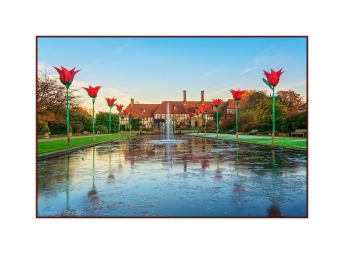













































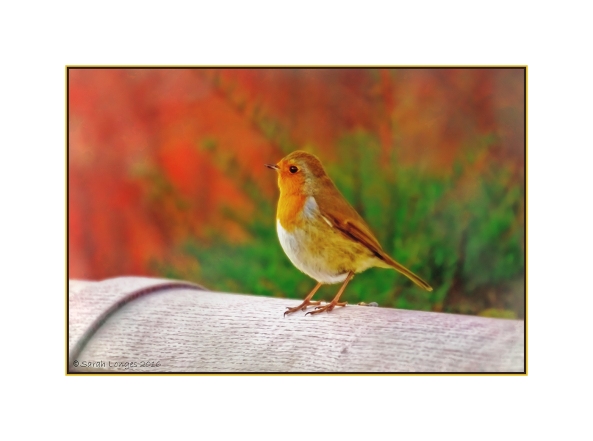






















































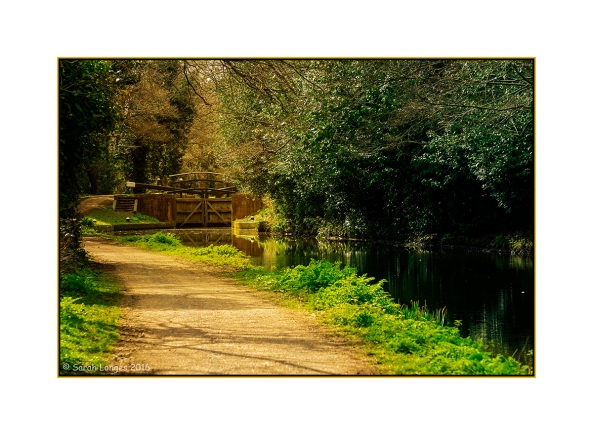










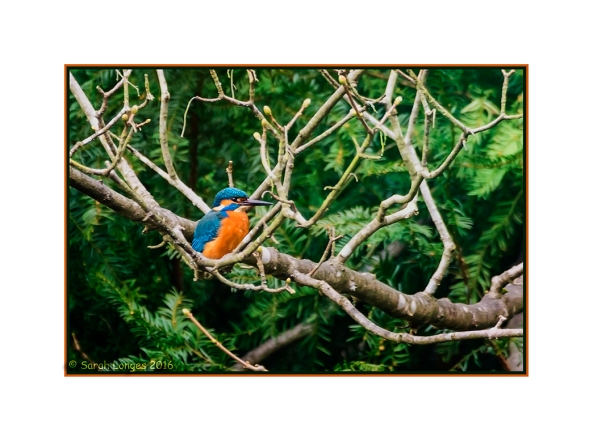
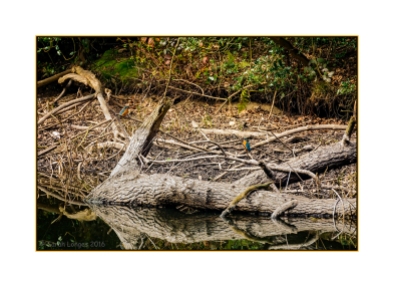

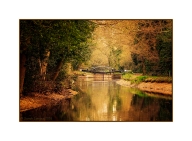









 Weekly Photo Challenge
Weekly Photo Challenge